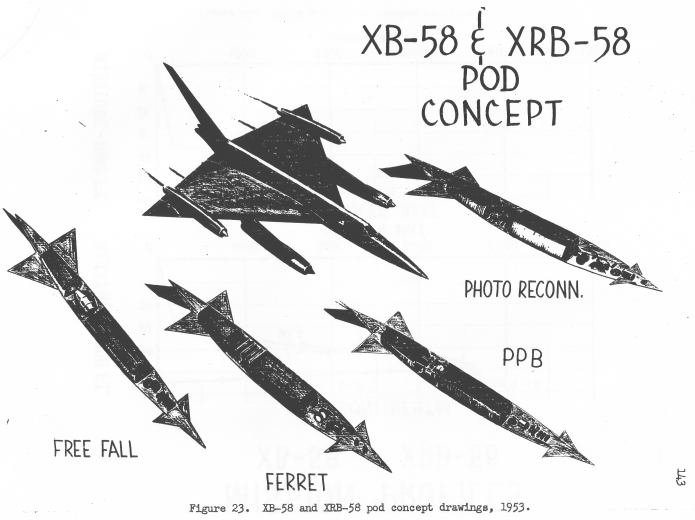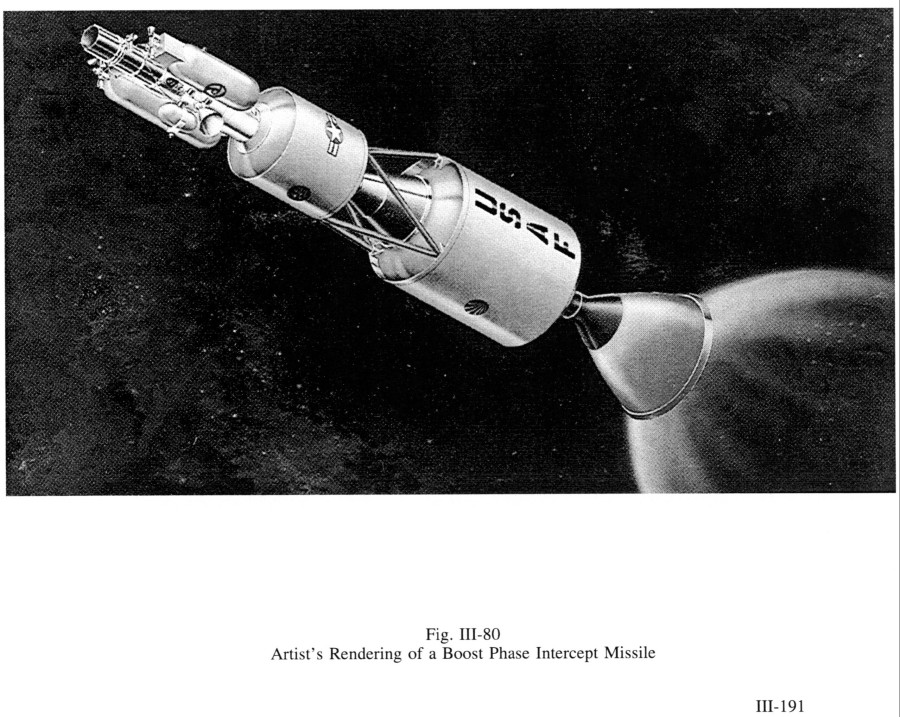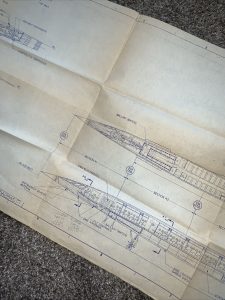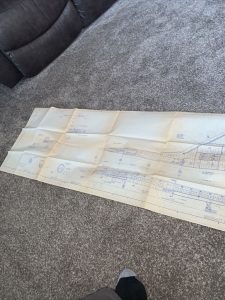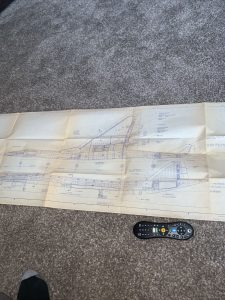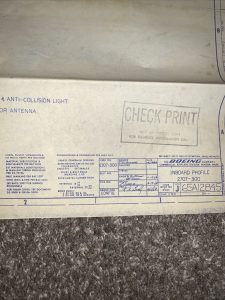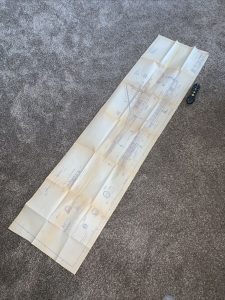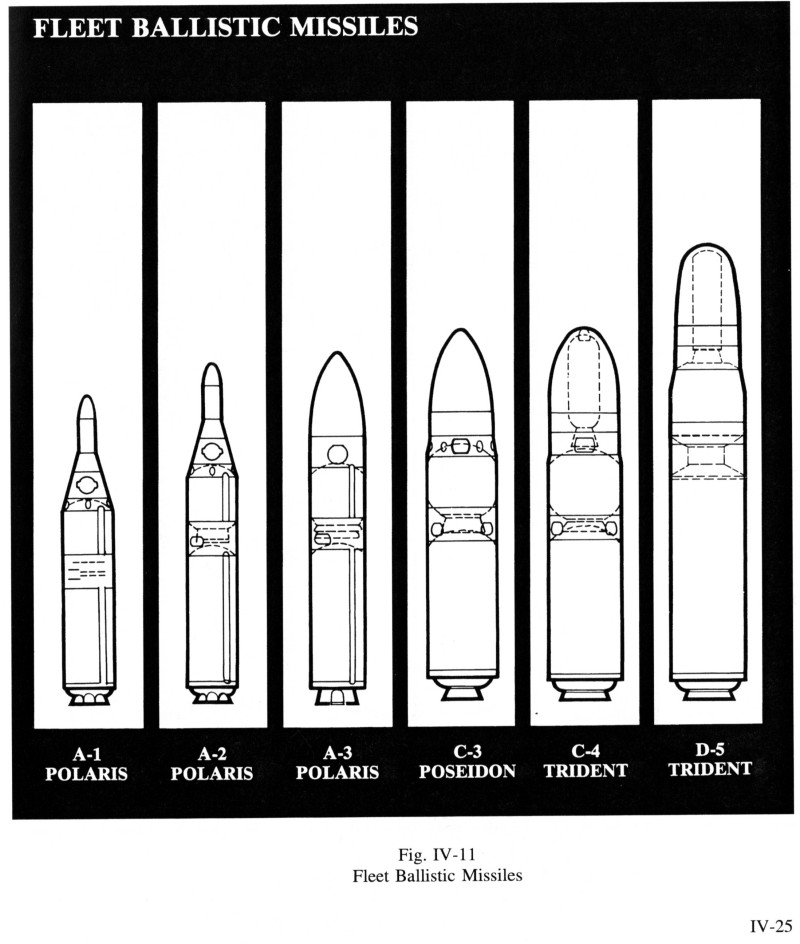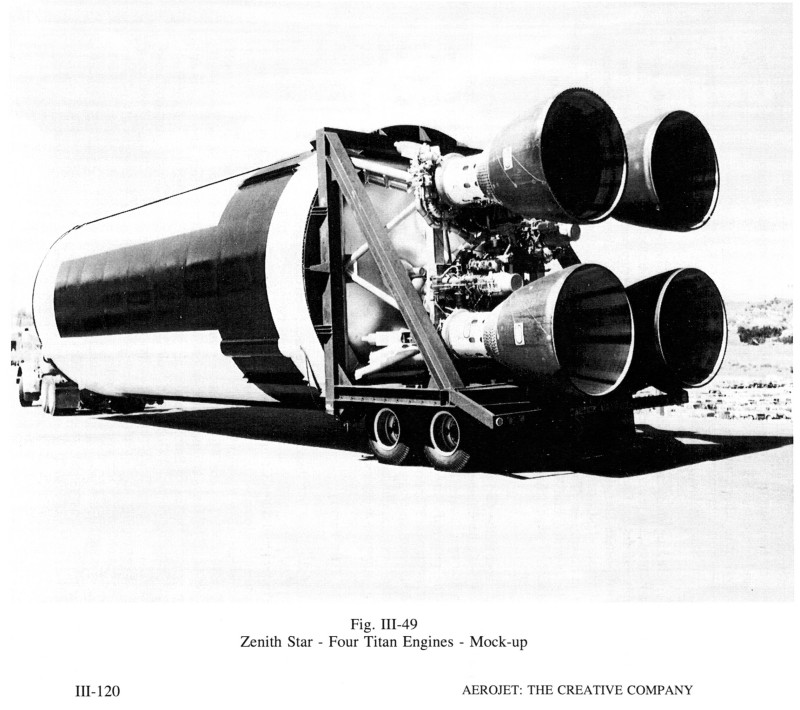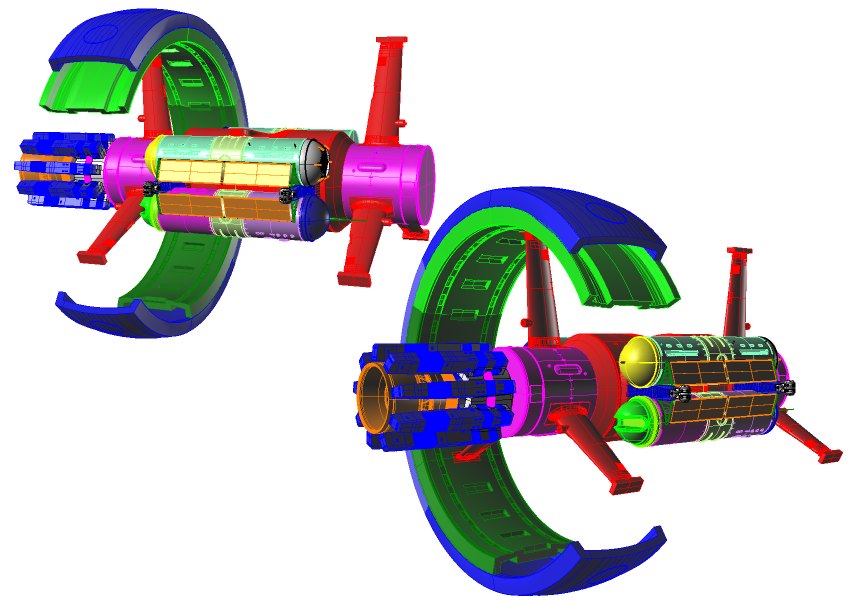A video (made with a few contributions from yours truly, and, yes, attributed as such within the video) describing the 1970s Boeing design for an ICBM-carrying airliner, the MC-747. This is described and illustrated in US Bomber Projects issue 21, AVAILABLE HERE.
An interesting idea to be sure, but an unsafe one. Were one of these aircraft to go down for whatever reason, the results would be No Damned Good. Almost certainly the warheads would not go nuclear, but it’s always possible that the combo of the crash, the burning jet fuel and the solid rocket propellant merrily burning away might cause the chemical explosives in the warheads to go off, potentially scattering plutonium all over hither and yon. Worse still would be if the plutonium got sprinkled with the solid propellant and the plutonium combusted, scattering not just chunks and bits of plutonium, which would be bad enough, but clouds of plutonium oxide or plutonium chloride.
Perhaps more dangerous would be the Soviet reaction. They’d be in a constant state of freaking out every time one of these took to the sky, and they probably would have difficulty telling an MC-747 from an E-4 or a civilian 747. And, of course, they’d have to have their own. the AN-124 would be the logical choice for an ICBM carrier, and chances are good they’d do as good of a job with it as they did with Chernobyl, the Kursk or the Polyus.
